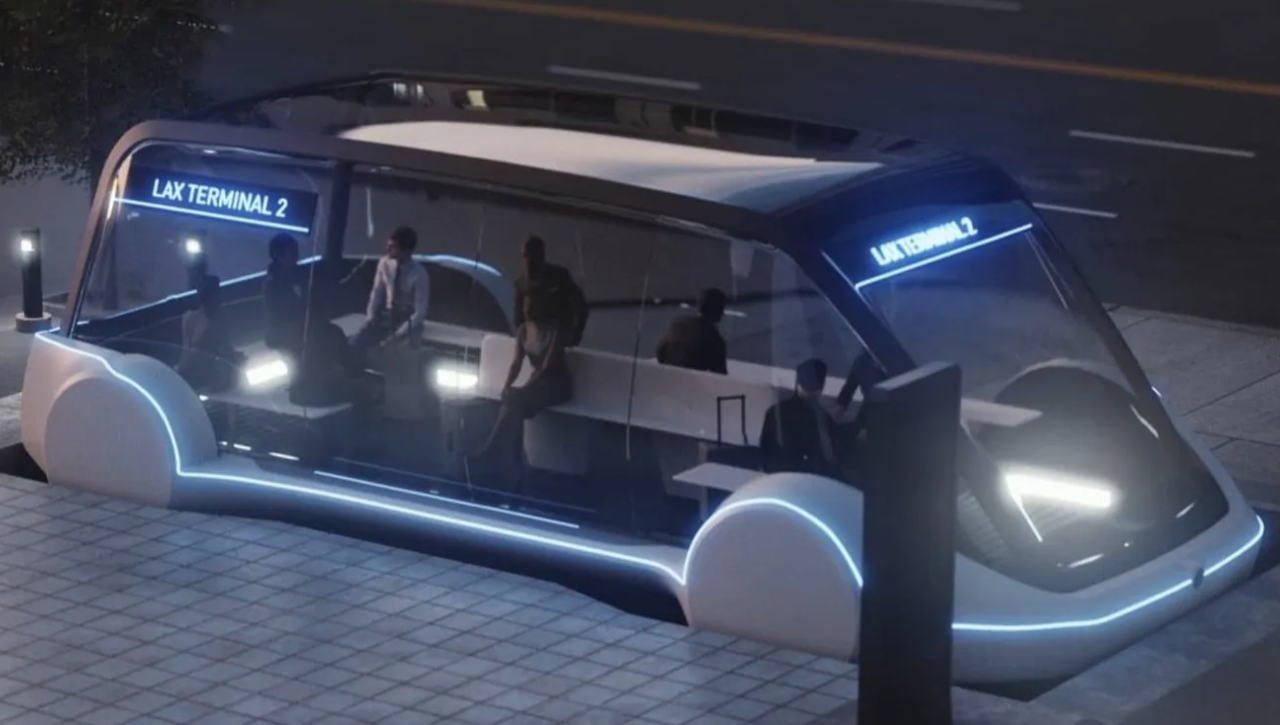Manbo From The Co-Pilot Temple
Intelligent Car Reference | WeChat Public Account AI4Auto
No subversion, no Musk! At the latest quarterly analyst meeting, Musk voluntarily disclosed the brand-new model that Tesla will launch next year.
The key points are:
No pedal and no steering wheel, equipped with FSD Full Self-Driving System.
Isn’t this a RoboTaxi? Yes, this is Tesla’s RoboTaxi.
Musk also announced that after the debut in the next year, it will be mass-produced in the year after, and will initially operate by itself, promising that the taxi fare will be lower than the current bus ticket price.
Can individuals buy it? It’s not clear.
But according to Tesla’s consistent pure visual autonomous driving program, and FSD’s requirements for hardware sensors, there is no essential difference from the mass-produced S3XY currently.
It can be foreseen that even if it is sold to individuals, it is feasible in terms of cost and selling price.
What kind of car is it?
Musk revealed the three major details of this new model:
First is the car design.
Musk said that this car will be completely different from Tesla’s existing models, and the entire cockpit will eliminate the steering wheel and pedals. This means that the new car will be completely disconnected from human drivers and will be taken over by the FSD fully autonomous driving system.
In terms of appearance, Musk did not disclose any specific details, only saying that this car will be “quite futuristic.”
Although Musk sold the suspense here, some clues can still be found from The Boring Company, a tunnel company owned by Musk, in the promotional video:

The second is the mass production schedule.
Musk was very clear about the goal, aiming to debut in 2023 and start mass production in 2024.
But people who know Musk understand that what he promised will eventually come true, but whether he can deliver it on time is another issue.
After all, as early as 2019, Musk publicly stated that there will be 1 million Tesla RoboTaxis by the end of 2020.
There were also early expectations about autonomous driving, such as FSD, crossing the United States… all with delays. But Musk, who promised something—even if it sounded crazy—can always fulfill it in the end. So today’s announcement about the RoboTaxi model indicates that this won’t be just a “pie in the sky.”

Musk has also arranged a good place for this car:
Specially used for RoboTaxi (autonomous driving rental car).According to Tesla’s plan, this model will also create a new historical record for the lowest operating cost of RoboTaxi.
How low can it be?
In the RoboTaxi industry, whether it is Waymo or Baidu Apollo, everyone compares it to ride-hailing services.

But Musk doesn’t do things that can’t disrupt the industry. His statement on Tesla’s RoboTaxi fees is –
It will be lower than the subsidized bus ticket cost.
While others are grabbing users from ride-hailing services to develop RoboTaxi, Musk goes directly to the largest user base – bus users.
Is there still any suspense? Why take the bus when you can hail a taxi?
This shows Musk’s business acumen.
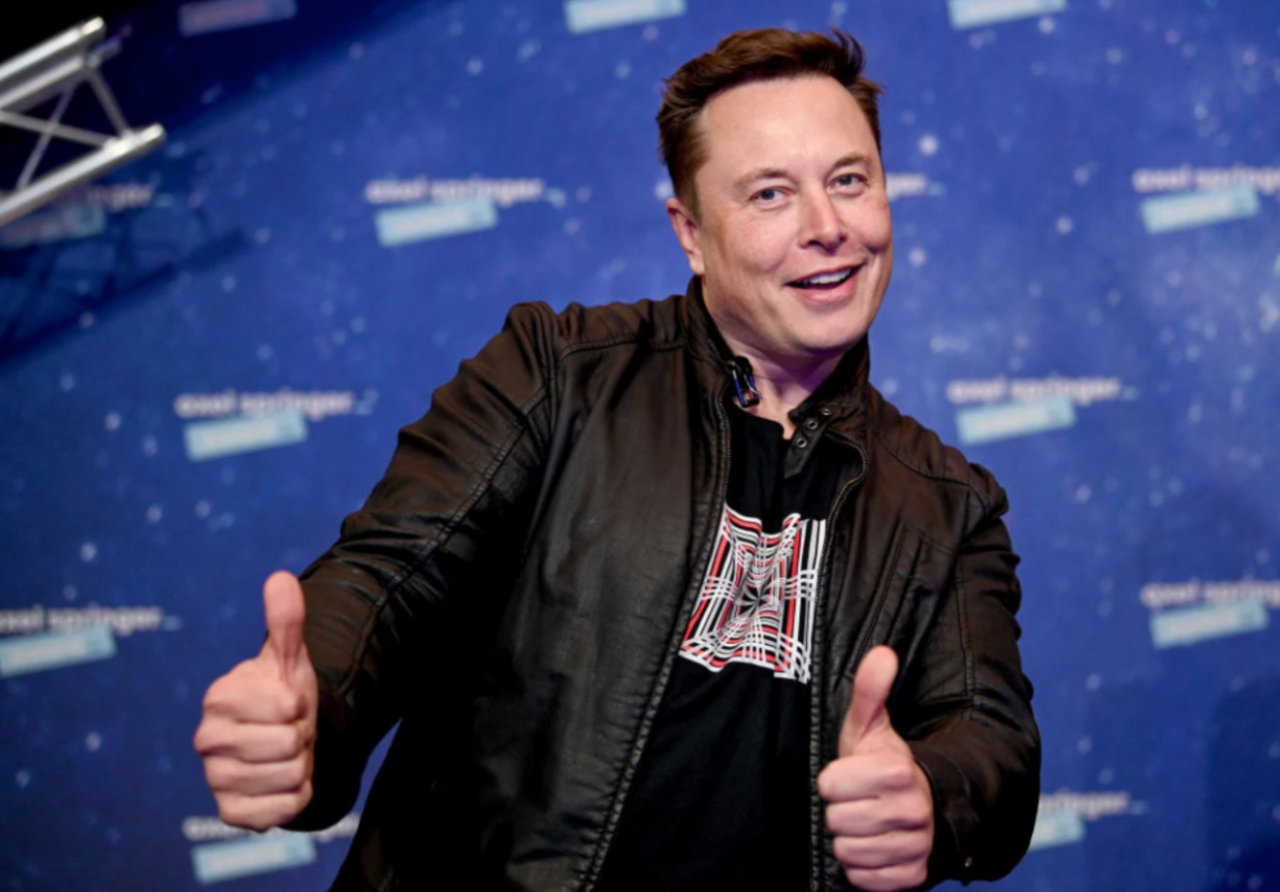
Musk’s grand plan for RoboTaxi
When it comes to RoboTaxi, Musk already had a clear timetable and business model.
As early as 2019, Tesla planned to launch a fleet of fully autonomous RoboTaxi in 2020.
Regarding the operating model, Musk said that Tesla models with fully autonomous driving systems are all potential RoboTaxi:
In addition to the company’s vehicles, private Tesla owners can also join the operating system. Owners can earn extra money by using their idle cars.
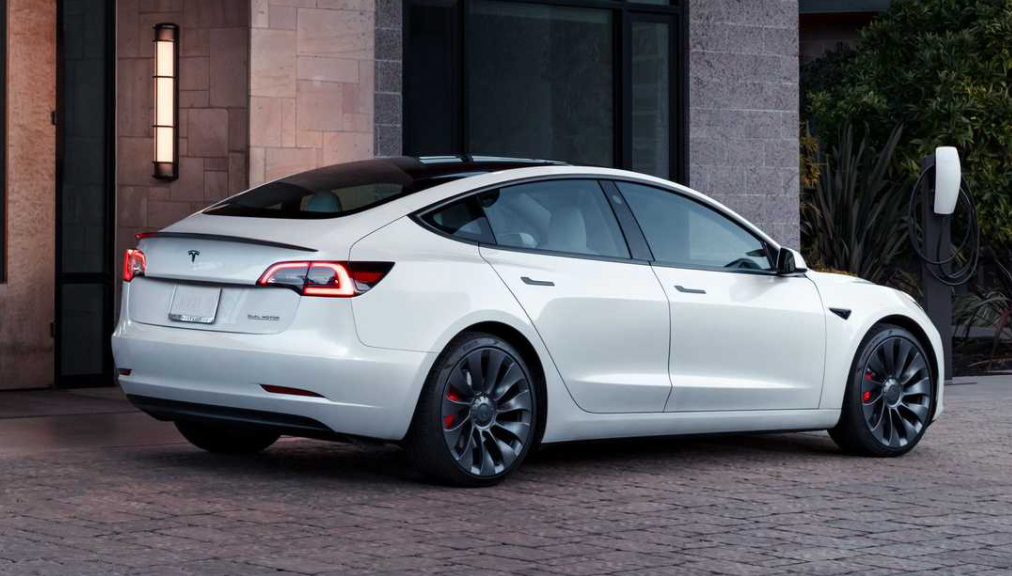
Unfortunately, this seemingly perfect plan did not come as scheduled in 2020. Since then, Musk has rarely mentioned it publicly.
The reasons for the delay are complex, but one thing is certain – RoboTaxi has always been an important part of Tesla’s development.
In the ultimate iteration of FSD, the final goal is to achieve RoboTaxi. This is also one of the most exciting parts of Tesla’s imagination space. Otherwise, how could Tesla’s trillion-dollar market value be supported solely by building and selling cars?
However, Musk was too optimistic about Tesla’s autopilot and FSD implementation before.
Including the World Artificial Intelligence Conference in Shanghai in 2020, where Musk said that L5 autonomous driving, that is, RoboTaxi’s level, could be achieved by the end of the year.
However, FSD is still in beta testing.

Finally, even Musk himself admitted in an interview that he knew developing fully autonomous driving was difficult but didn’t realize it was that hard. He rarely talked about RoboTaxi after that.
So what does it mean now that RoboTaxi has been put on the agenda and what conditions have now matured?
Firstly, at the legal level, Tesla’s production of RoboTaxi vehicles with no pedals and no steering wheel no longer faces any obstacles.
In March this year, the U.S. National Highway Traffic Safety Administration (NHTSA) amended its regulations, eliminating the requirement for “hand control devices” that autonomous vehicle manufacturing companies were required to have to meet previous safety standards.
Steering wheels and pedals are no longer standard equipment in cars.
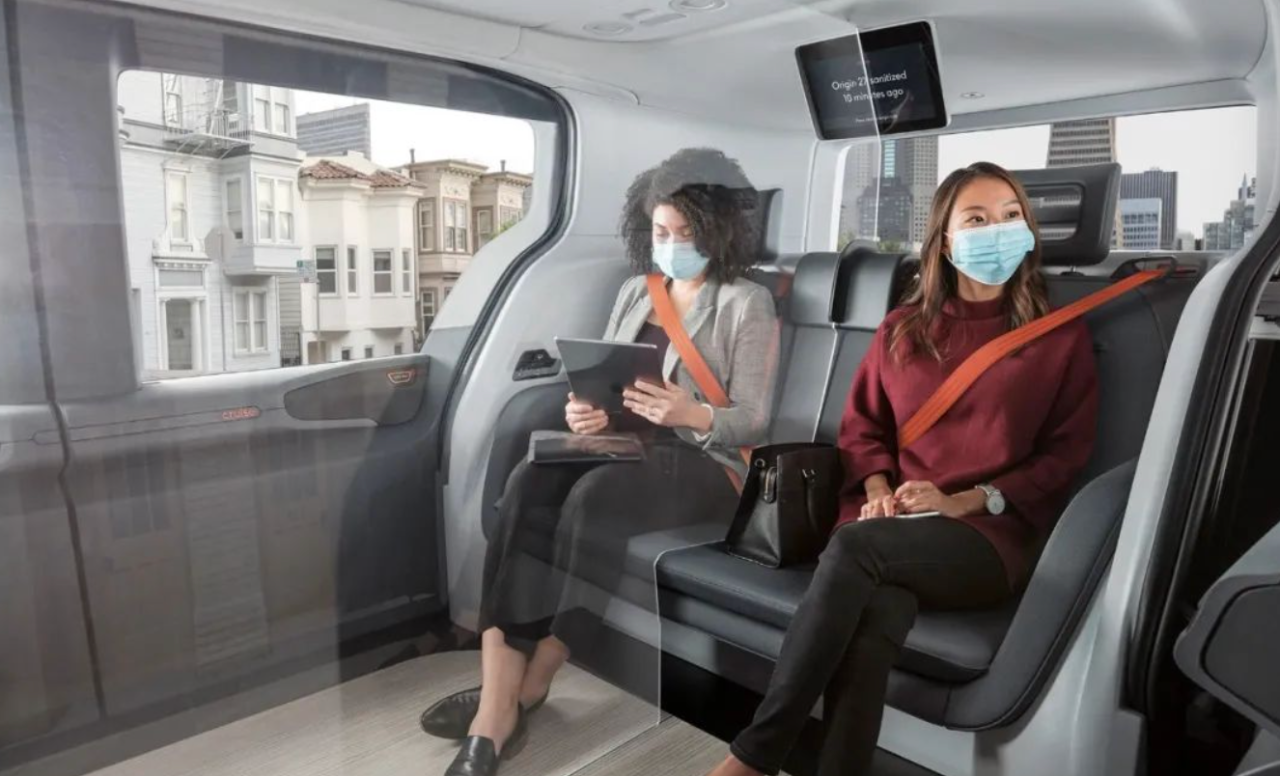
Moreover, as long as the FSD system meets the L4 and higher level of autonomous driving capability certified by policies, Tesla’s RoboTaxi can hit the road and has been awarded commercial admission licenses that can charge fees in both China and the United States.
So given such broad background and conditions, Musk’s unveiling of the RoboTaxi model isn’t just some random idea or him being high.
But the biggest challenge still lies with Tesla’s technology, i.e. the development of the FSD system.
The good news is that at the recent opening ceremony of the Texas factory, Musk announced that the FSD fully autonomous driving system beta test will be launched on a large scale in North America, covering almost all Tesla models. Meanwhile, the Tesla FSD beta will also be pushed for public testing in Europe.
This means that FSD is about to enter a wider public testing stage, and more extensive data will be obtained to achieve faster algorithm iterations, so everything might be faster than one could imagine.
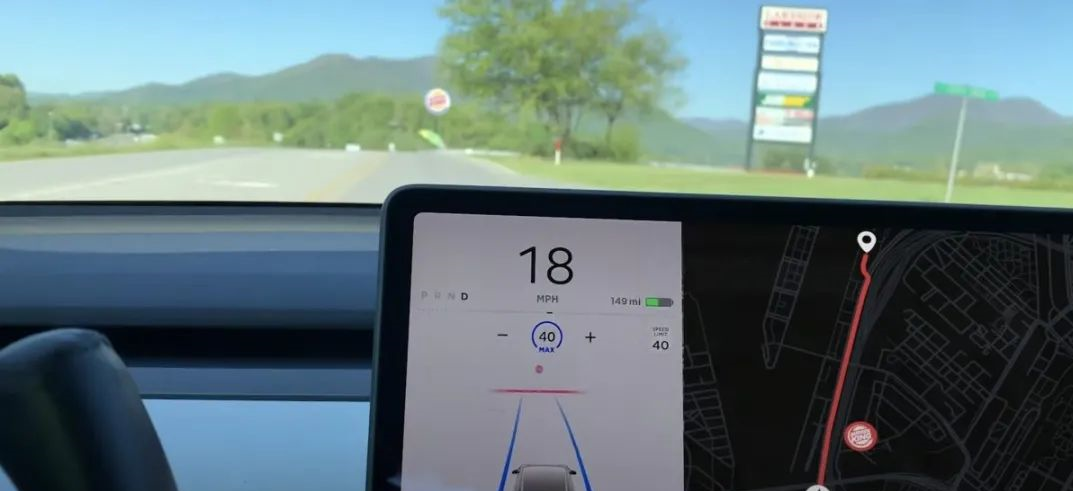
However, the bad news is that there is no timetable for when FSD Beta will be available for public testing in China. Previously, there were already regulations in China that required car manufacturers to report and obtain approval for new features such as automated driving, intelligent driving, or assisted driving.
The era of unbridled growth in this regard has ended.
Therefore, introducing and implementing Tesla’s RoboTaxi model in the Chinese market is uncertain.
one more thing
Finally, let’s take a look at Tesla’s first-quarter business situation this year.
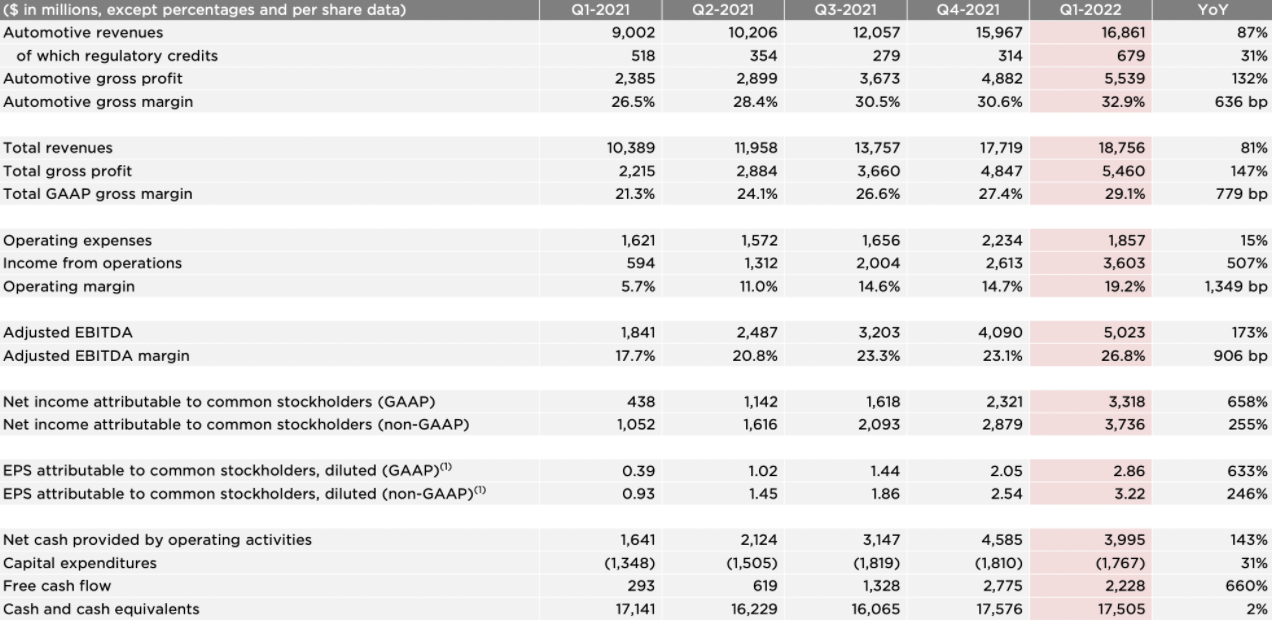 The financial report shows that Tesla’s Q1 total revenue was USD 18.756 billion, an increase of 81% compared with USD 10.389 billion in the same period last year, with automotive business revenue of USD 16.861 billion, an increase of 87% compared with USD 9.002 billion in the same period last year.
The financial report shows that Tesla’s Q1 total revenue was USD 18.756 billion, an increase of 81% compared with USD 10.389 billion in the same period last year, with automotive business revenue of USD 16.861 billion, an increase of 87% compared with USD 9.002 billion in the same period last year.
In terms of profitability, Tesla’s Q1 overall gross margin was 29.1%, an increase of 7.8 percentage points compared with the same period last year, and the automotive business gross margin was 32.9%, an increase of 6.34 percentage points compared with the same period last year, reaching a historical high.
In terms of net profit, Tesla’s Q1 net profit attributable to common stockholders was USD 3.318 billion, an increase of 658% compared to USD 438 million in the same period last year, with an adjusted earnings per share of USD 3.22, higher than analysts’ expectations of USD 2.27.
In terms of production and sales, Tesla produced 305,400 vehicles in Q1, an increase of 69% YoY, and delivered 310,100 vehicles, an increase of 68% YoY, once again breaking its quarterly delivery record.
Affected by the favorable financial report, Tesla’s stock price rose 5.1% to USD 1,026.88 in after-hours trading on the US stock market, and as of yesterday’s close, Tesla’s stock price was USD 1,028.15.
Many indicators have broken records, and more importantly, this was achieved under the condition that the Shanghai factory was affected by the epidemic and the supply chain was unstable.
Musk also stated in an analyst conference call that although Shanghai was affected by work stoppages recently, it has now resumed operations, and it’s expected that the production at the Shanghai factory this year may increase by 60% compared to last year, which is around 800,000 vehicles per year.
In addition, Musk also proposed a long-term goal:
By the end of this century, achieve an annual production capacity of 20 million vehicles.
What level of production is this?
It’s roughly equal to two Toyotas.
— End —
This article is a translation by ChatGPT of a Chinese report from 42HOW. If you have any questions about it, please email bd@42how.com.
